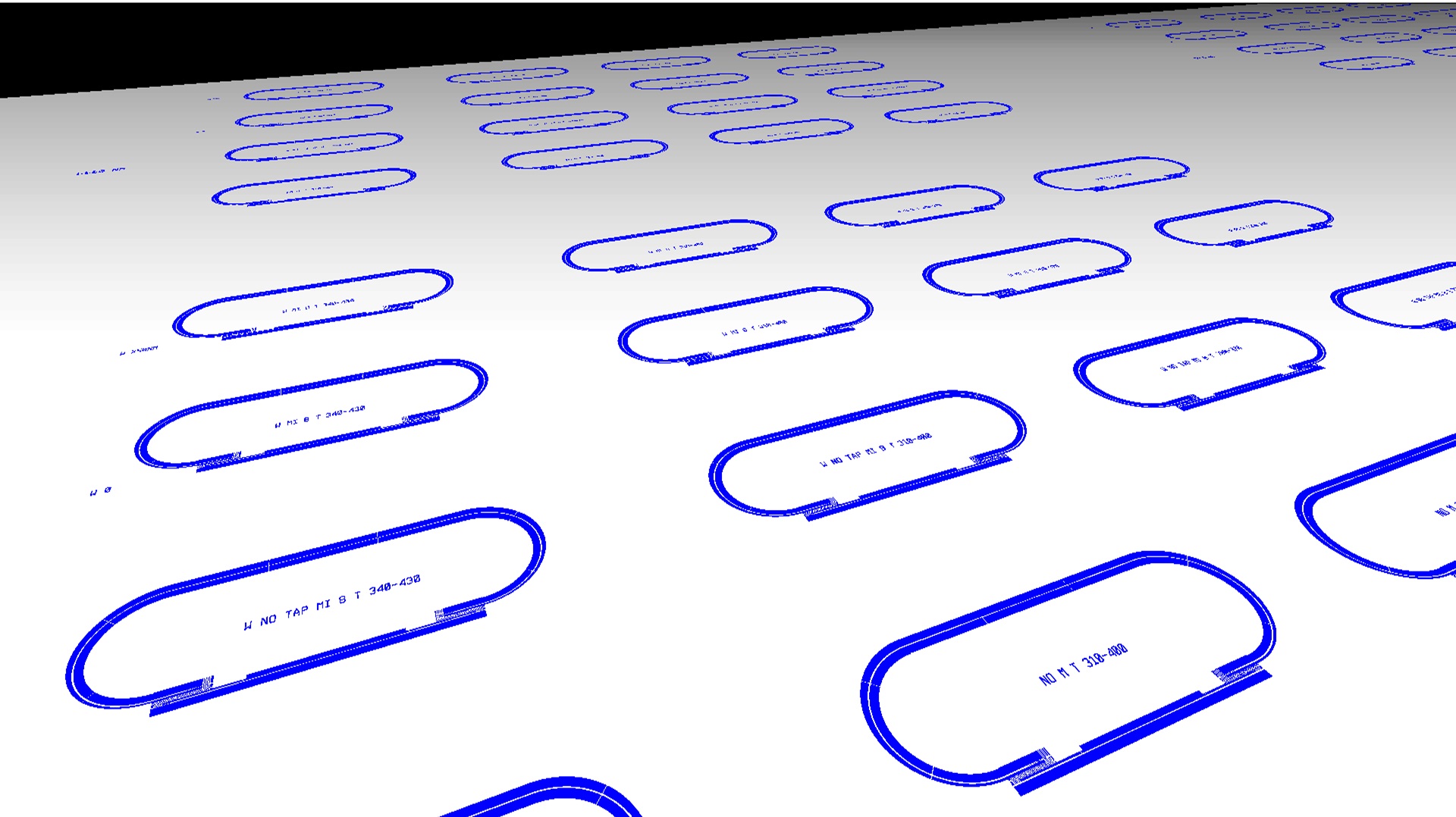
Synchronizing chaos to improve telecommunications security
Telecommunications security is one of the challenges of the digital society. A team from the University of Barcelona (UB), led by Dr. Daniel Navarro, a Ramón y Cajal researcher from the Department of Electronic and Biomedical Engineering of the UB, is developing a project to obtain low-cost and very difficult to hack cryptographic chips based on optomechanical technology, which uses light to interact with mechanical devices.
In this field of research, irregularities are often considered harmful, and efforts are made to minimise their effects. However, in this project the idea is precisely to take advantage of these alterations and introduce chaotic components in the signal to achieve high levels of security in communications.
The operating principle of the new encryption method is to hide the information signals behind a chaos map that can only be decoded through bi-directional synchronization of two equivalent devices acting as transmitter and receiver. In this way, the message would be hidden in this chaotic environment and could only be decoded from the receiver.
This synchronization of chaos is a very promising field of research in cryptography, for it is based on hardware encryption. This type of encryption is much more difficult to intercept than the most common system, software encryption, because the encryption process is separated from the rest of the device.
These new devices also have the advantage that they can be manufactured using conventional nanofabrication techniques, making them very competitive in terms of energy efficiency, information transfer speed, versatility, safety, and price.
The FBG has awarded a €25,000 Proof of Concept grant from the Valorisation Fund (FVal) call of the Fund for the Promotion of Innovation (F2i) to demonstrate the operating principle of cryptographic communications based on optomechanical crystal oscillators. “We will use the money mainly to hire staff to help us carry out the proof of concept for the communications device. The rest of the budget will be used to buy consumables for the experimental assembly and to outsource the manufacture of the structures,” concludes Dr. Daniel Navarro.
These grants are funded by the Secretariat for Universities and Research of the Department of Business and Knowledge of the Government of Catalonia, and are co-funded by the European Regional Development Fund (ERDF).

